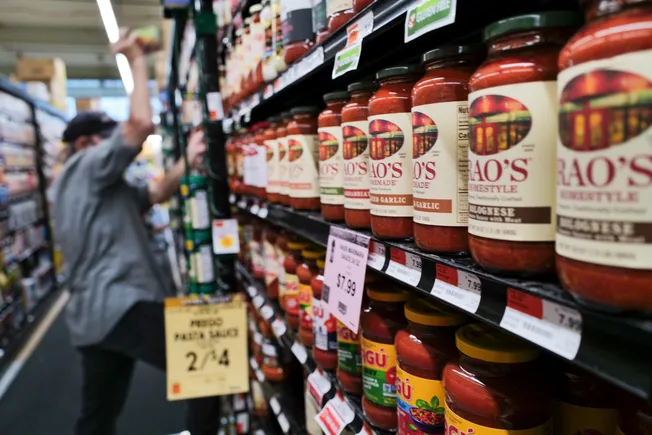The food and beverage industry is undergoing rapid transformations, with trends that are expected to shape the market through 2025. Producers, investors, and consumers are all witnessing significant changes that are influencing the way products are developed, marketed, and consumed.
One major trend that is making waves in the industry is the increasing use of GLP-1 medications. This has led consumers to become more health-conscious, seeking out better-for-you foods and beverages. Products with higher protein content and lower sugar content are gaining popularity, as consumers become more aware of the impact of ultra-processed foods on their health. This trend is expected to accelerate in the coming years, posing a challenge to traditional packaged food companies who may need to adapt their product offerings to meet consumer demands.
Another significant trend in the food and beverage industry is the adoption of AI technology. Manufacturers are leveraging AI to streamline their supply chains, improve efficiency, and innovate new products at a faster pace. This technology is revolutionizing the way companies operate and is expected to have a lasting impact on the industry.
As food and beverage trends evolve rapidly, major consumer packaged goods companies are seeking new revenue streams through mergers and acquisitions. Last year saw major deals such as Mars’ acquisition of Cheez-It maker Kellanova for $36 billion and PepsiCo’s purchase of better-for-you snacks maker Siete Foods for $1.2 billion. These acquisitions demonstrate the strategic investments companies are making to stay competitive in the market.
Alcoholic beverage producers are also facing challenges as younger consumers drink less than previous generations. Companies like AB InBev and Molson Coors are diversifying their product portfolios to capture market share in new categories such as nonalcoholic cocktails and energy drinks.
Overall, the food and beverage industry is experiencing dynamic changes that are reshaping the market landscape. Companies will need to adapt to these trends to stay relevant and meet the evolving demands of consumers.


